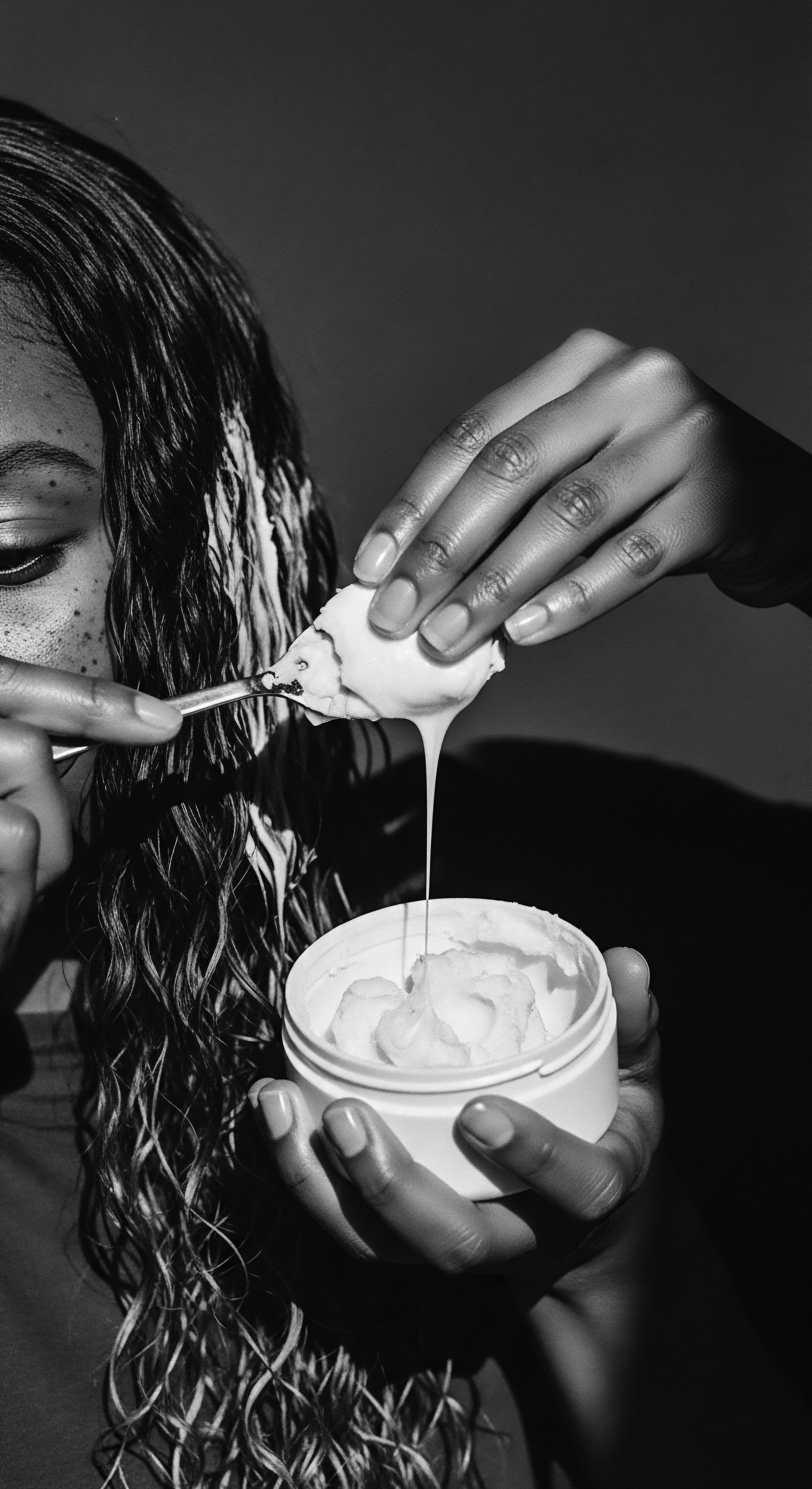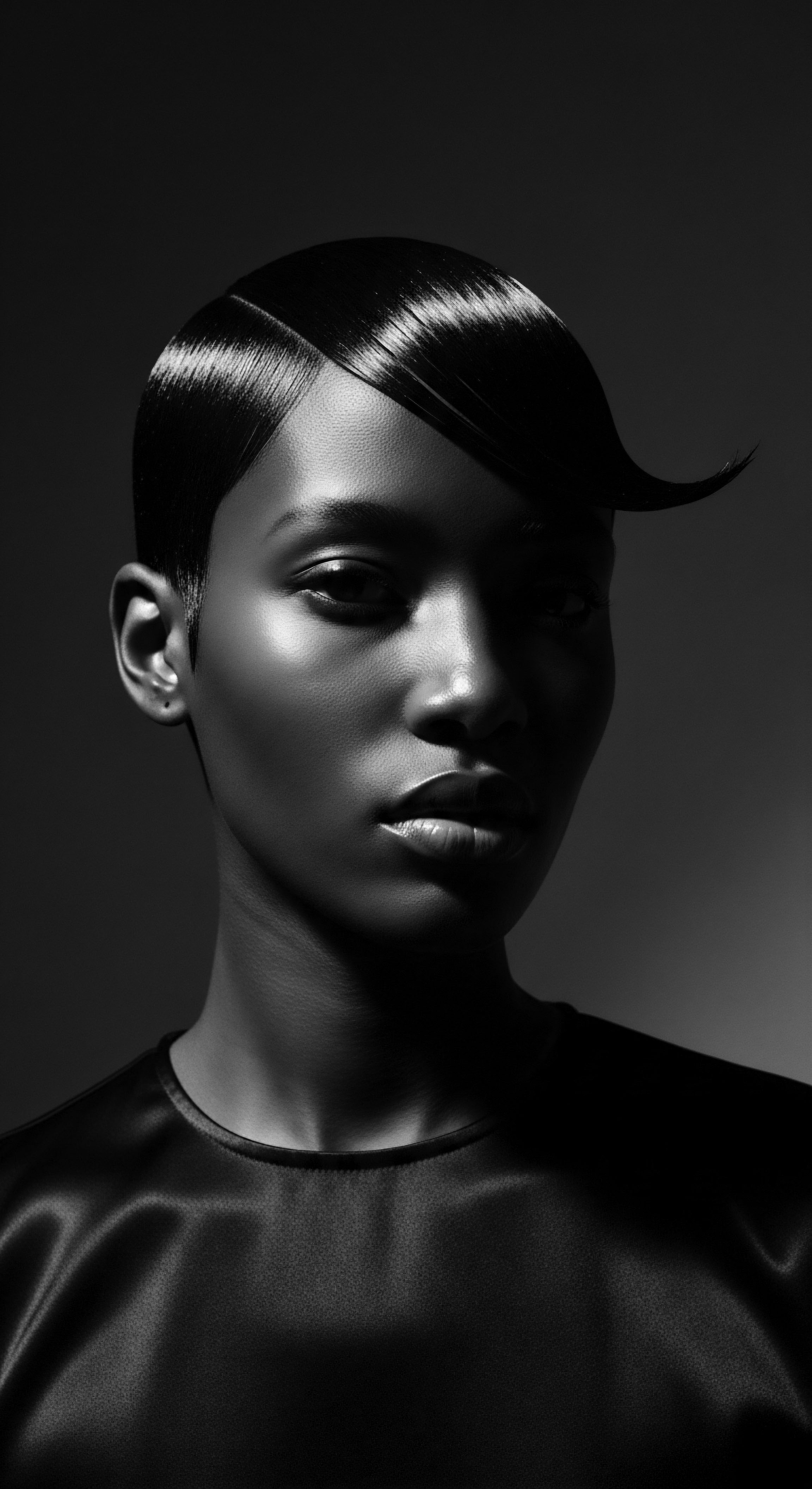
Plant Fat Usage
Meaning ❉ The strategic application of plant-derived fats to hair and scalp, rooted in ancestral knowledge for nourishing and preserving textured hair's vitality.
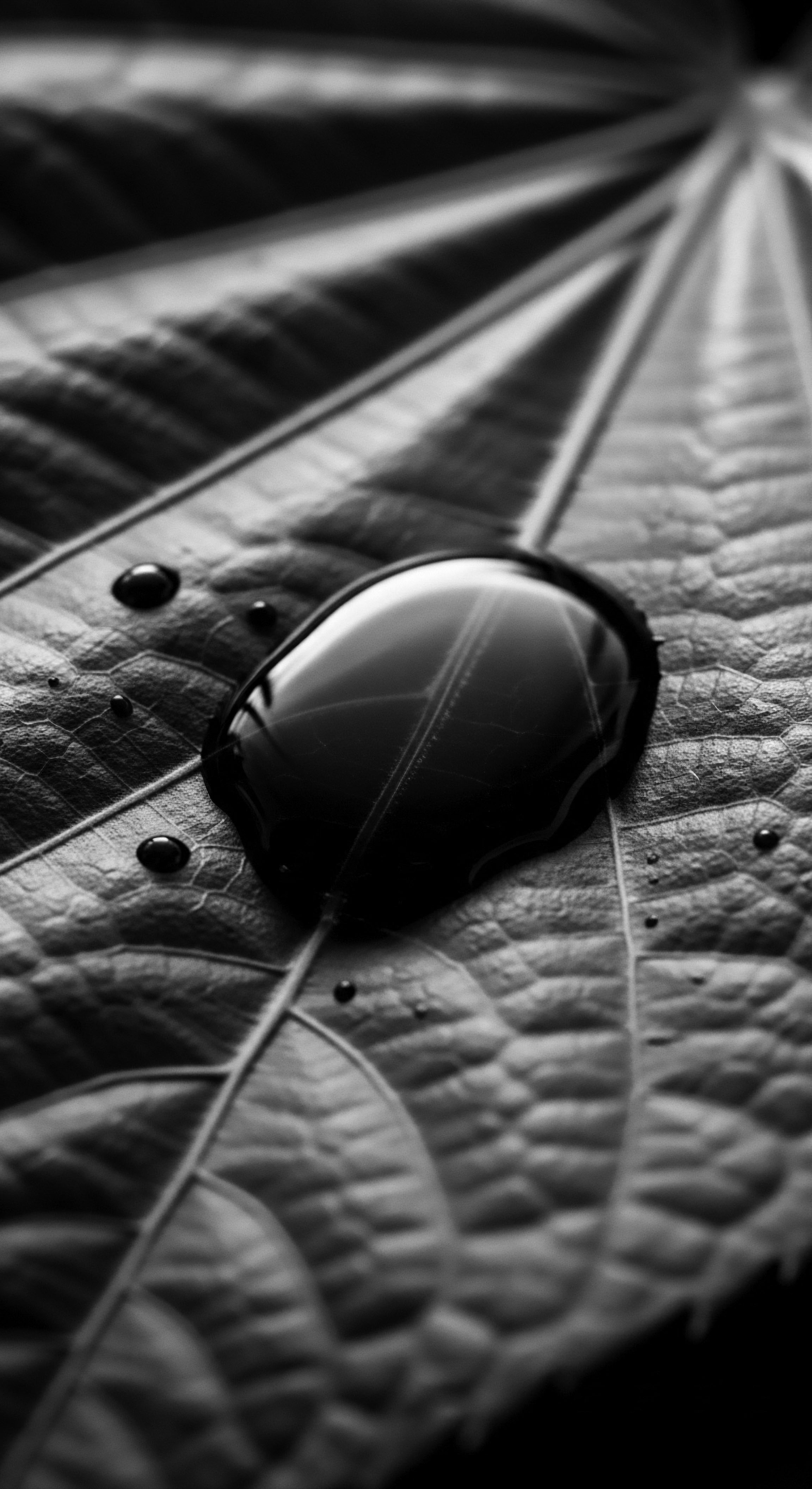
What Amazonian botanicals nourish textured hair?
Amazonian botanicals such as Murumuru, Pataua, and Andiroba nourish textured hair through a heritage of deep hydration and scalp balance.
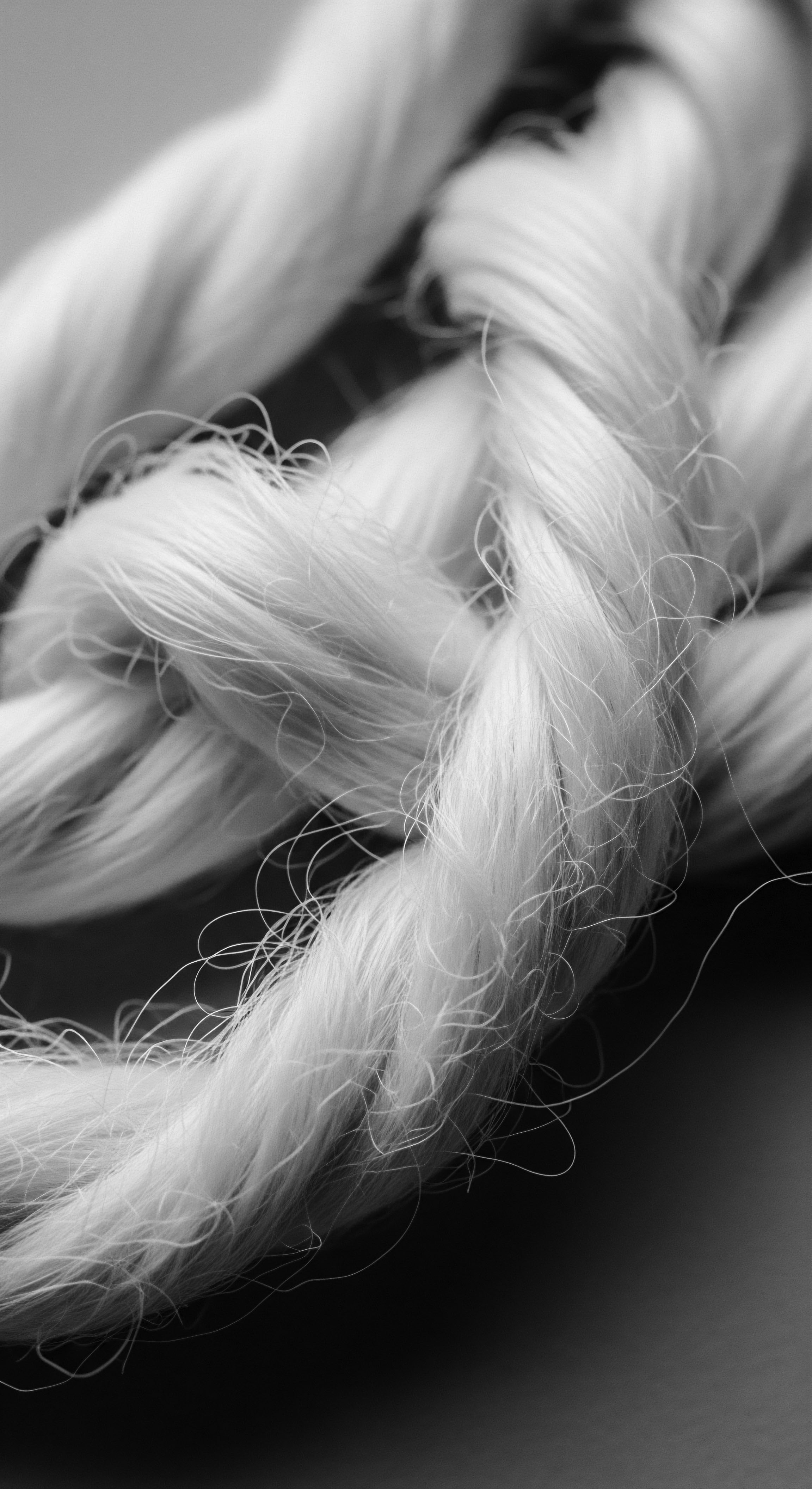
How does ancient oiling protect hair heritage?
Ancient oiling protected textured hair heritage by deeply nourishing strands, preserving cultural identity, and fostering community bonds.
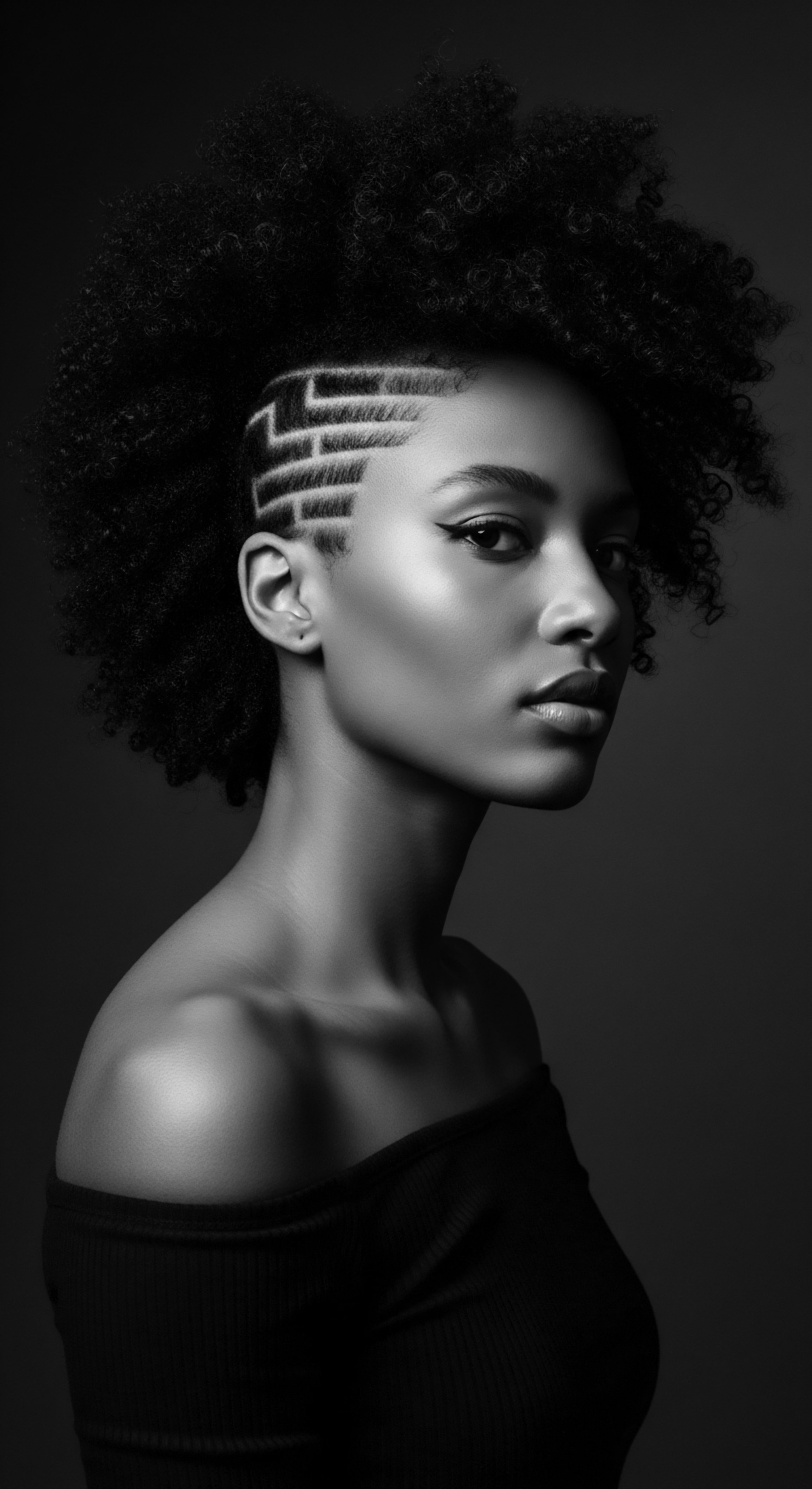
How does cultural heritage influence modern hair oiling practices?
Cultural heritage profoundly shapes modern hair oiling by transmitting ancestral wisdom on ingredients, techniques, and the holistic care of textured hair.
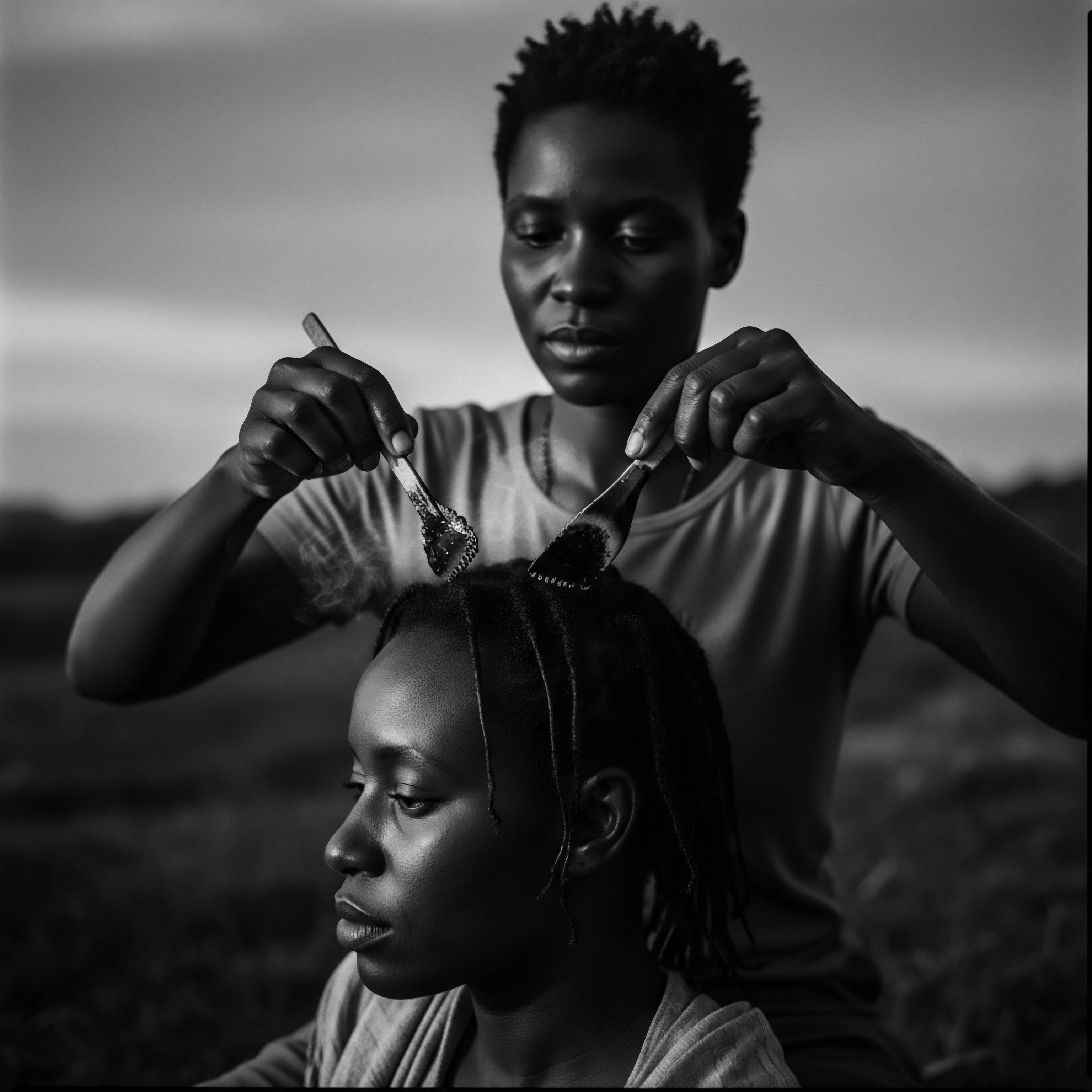
How do traditional African hair ingredients hydrate textured coils?
Traditional African ingredients hydrate textured coils by ancestral wisdom and botanical properties, rooted in heritage.
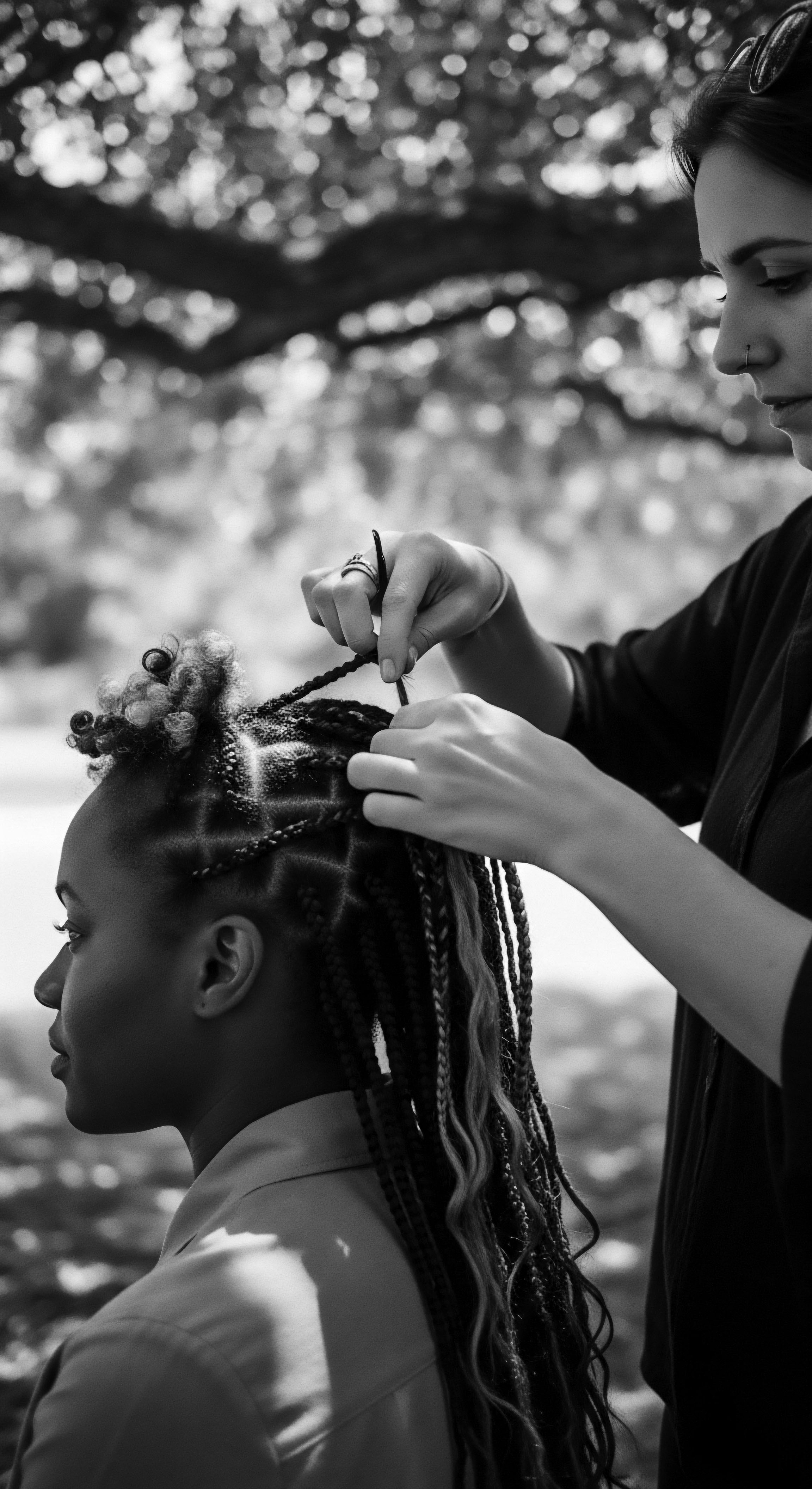
How do historical practices inform textured hair hydration?
Historical practices inform textured hair hydration through ancestral wisdom, traditional botanical use, and protective styling.
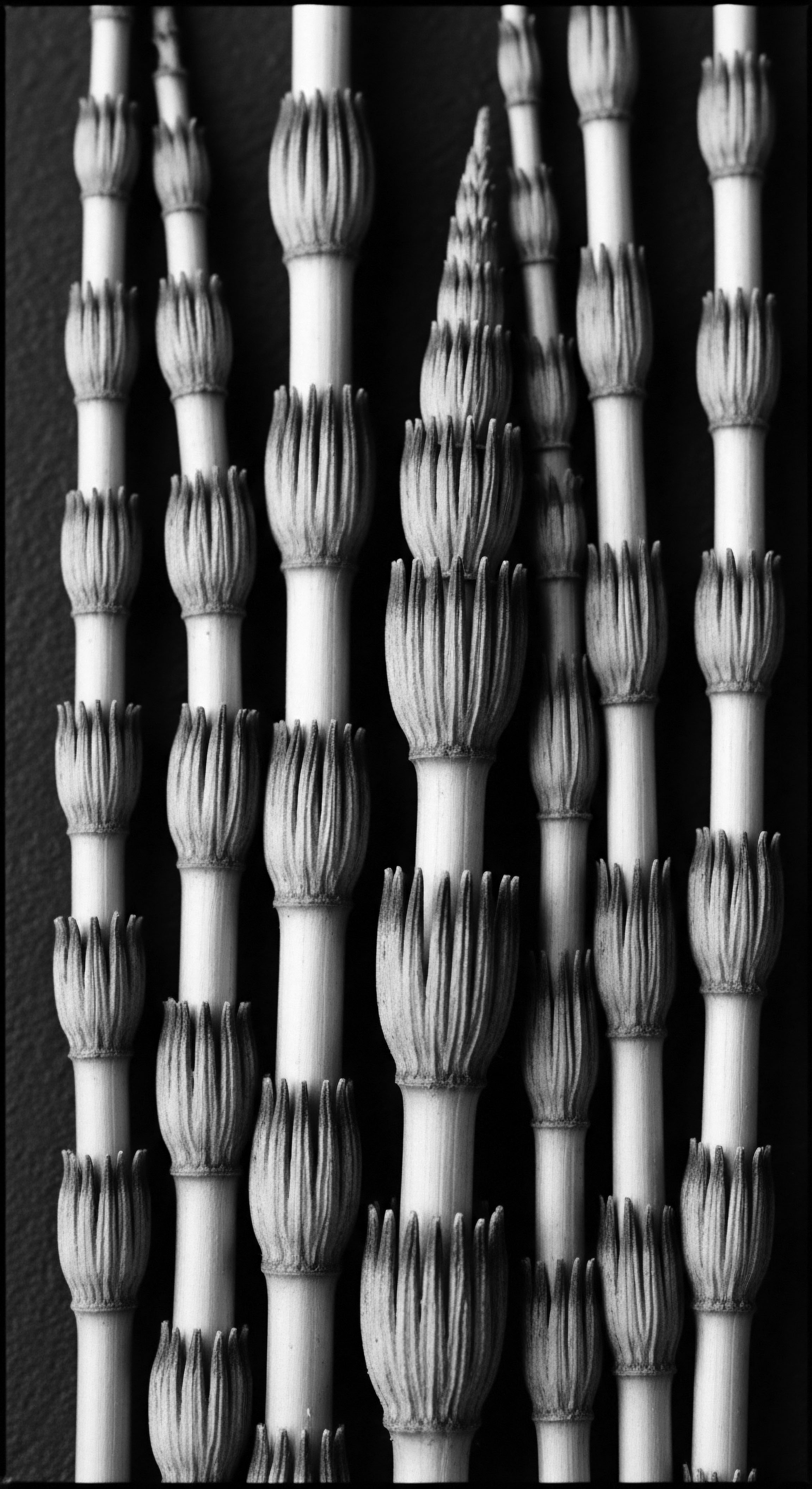
Which ancient wisdoms guided textured hair oil practices through history?
Ancient oil practices for textured hair were guided by ancestral wisdom, ecological availability, and ritual significance, preserving the hair’s unique heritage.
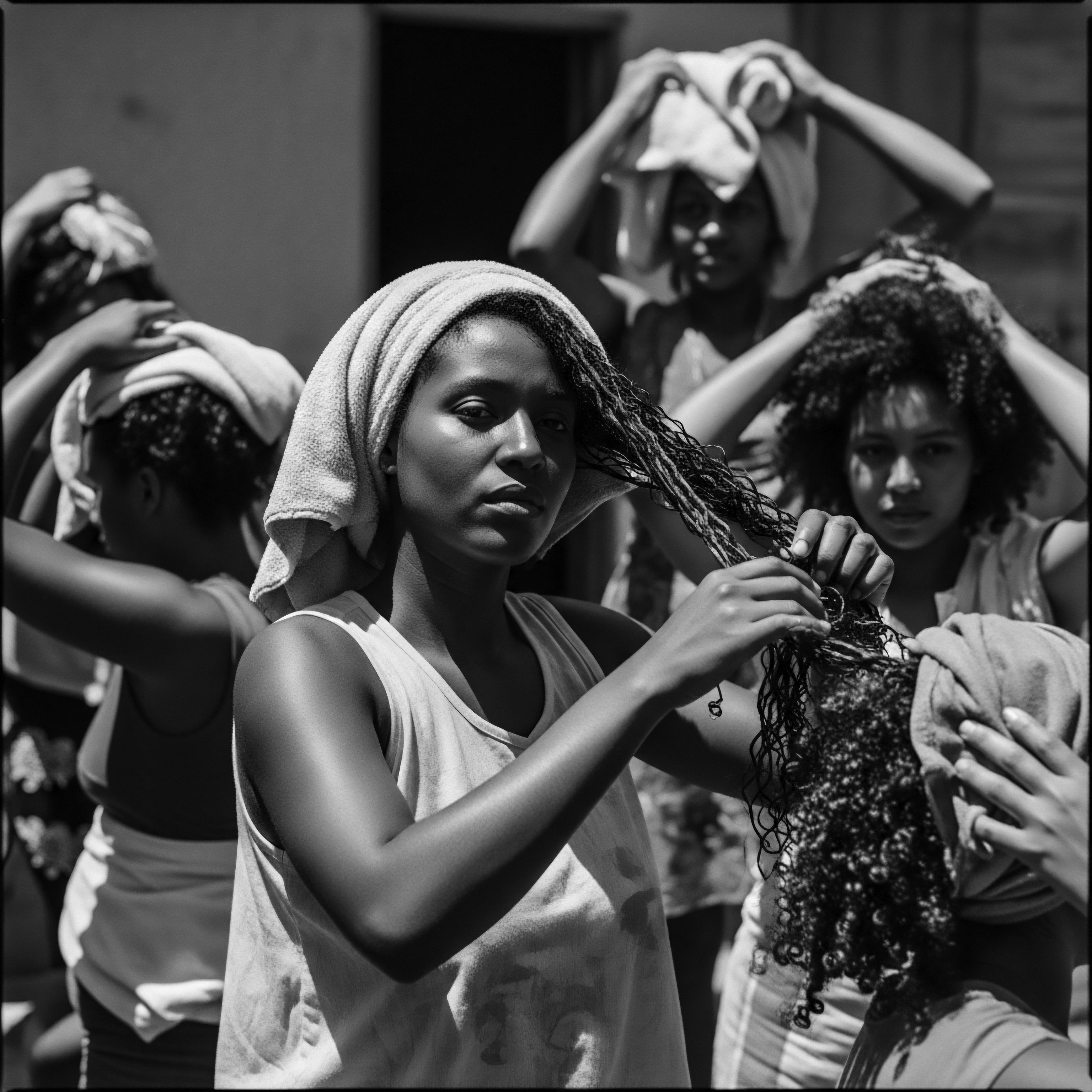
How does traditional hair care with botanical oils connect to our textured hair heritage?
Traditional hair care with botanical oils connects to textured hair heritage by honoring ancestral practices that addressed the unique biological needs of diverse hair patterns.
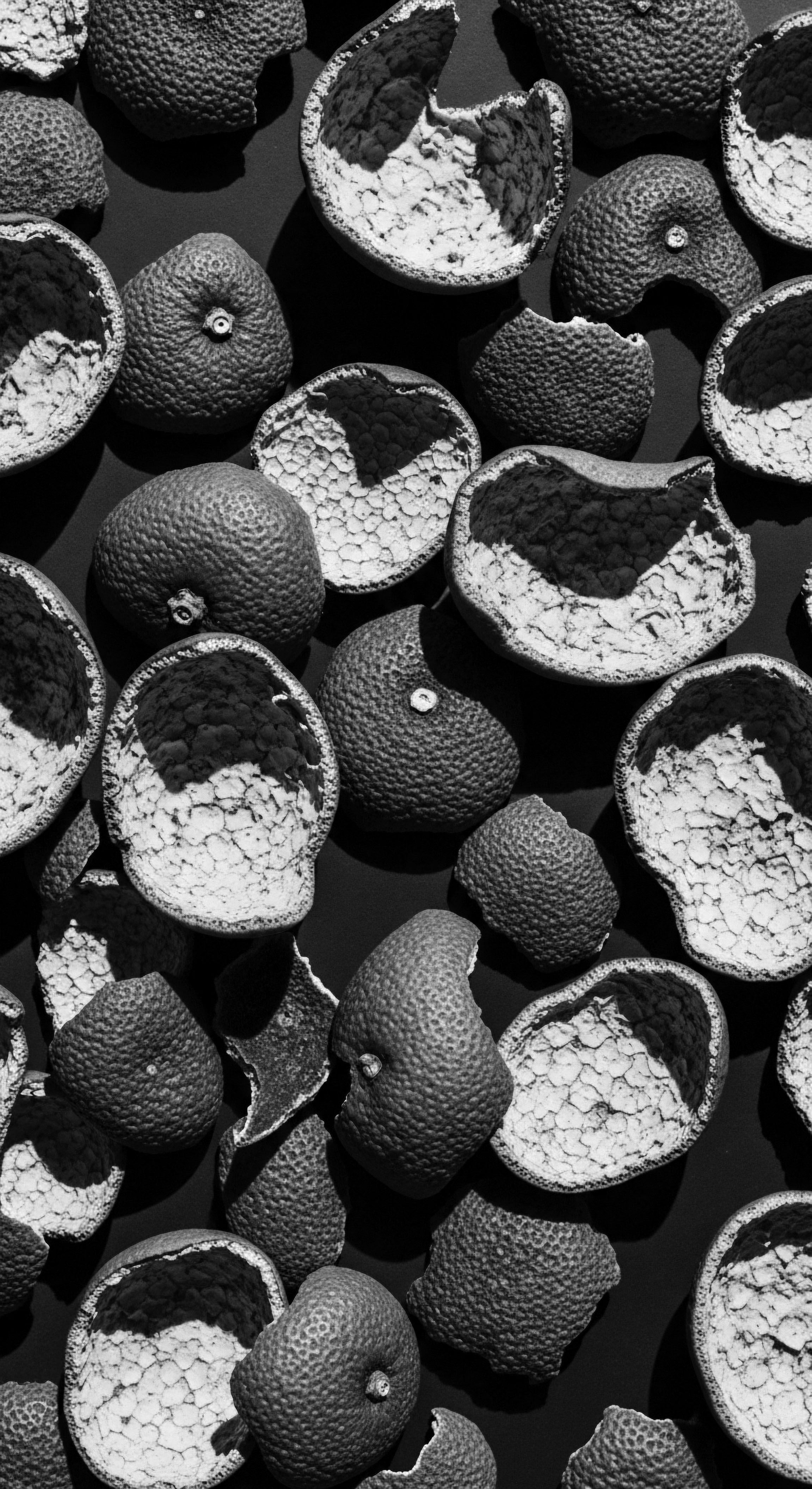
Can modern science validate ancient methods for textured hair hydration?
Modern science confirms ancient textured hair hydration methods, validating ancestral wisdom regarding botanical emollients and protective practices.

How do Amazonian ingredients benefit textured hair?
Amazonian ingredients hydrate and fortify textured hair, continuing ancestral practices that honor its unique heritage.
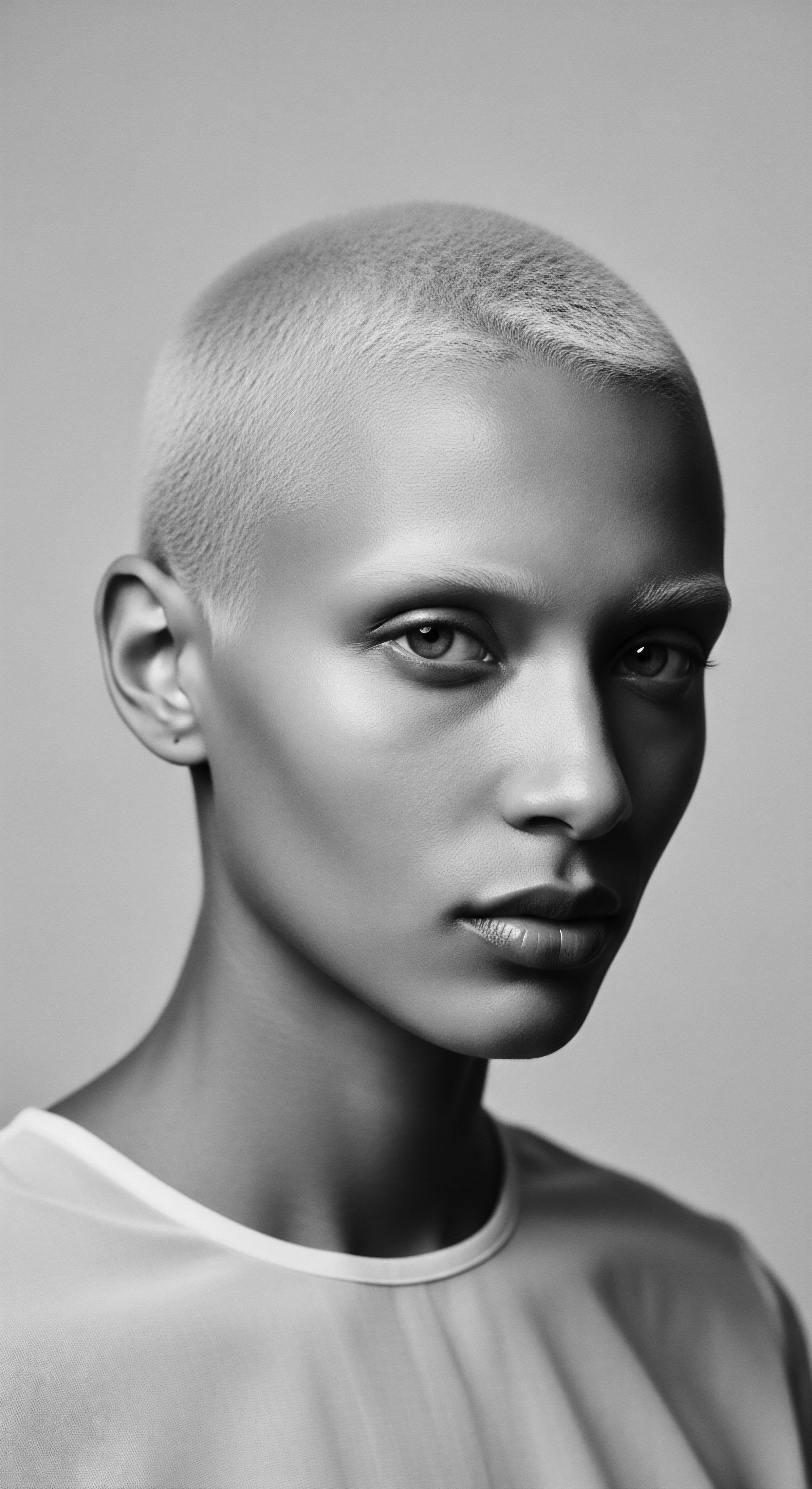
Can modern science validate the heritage practices of scalp oiling?
Modern science largely validates heritage scalp oiling for textured hair by confirming its hydrating, protective, and stimulating benefits.
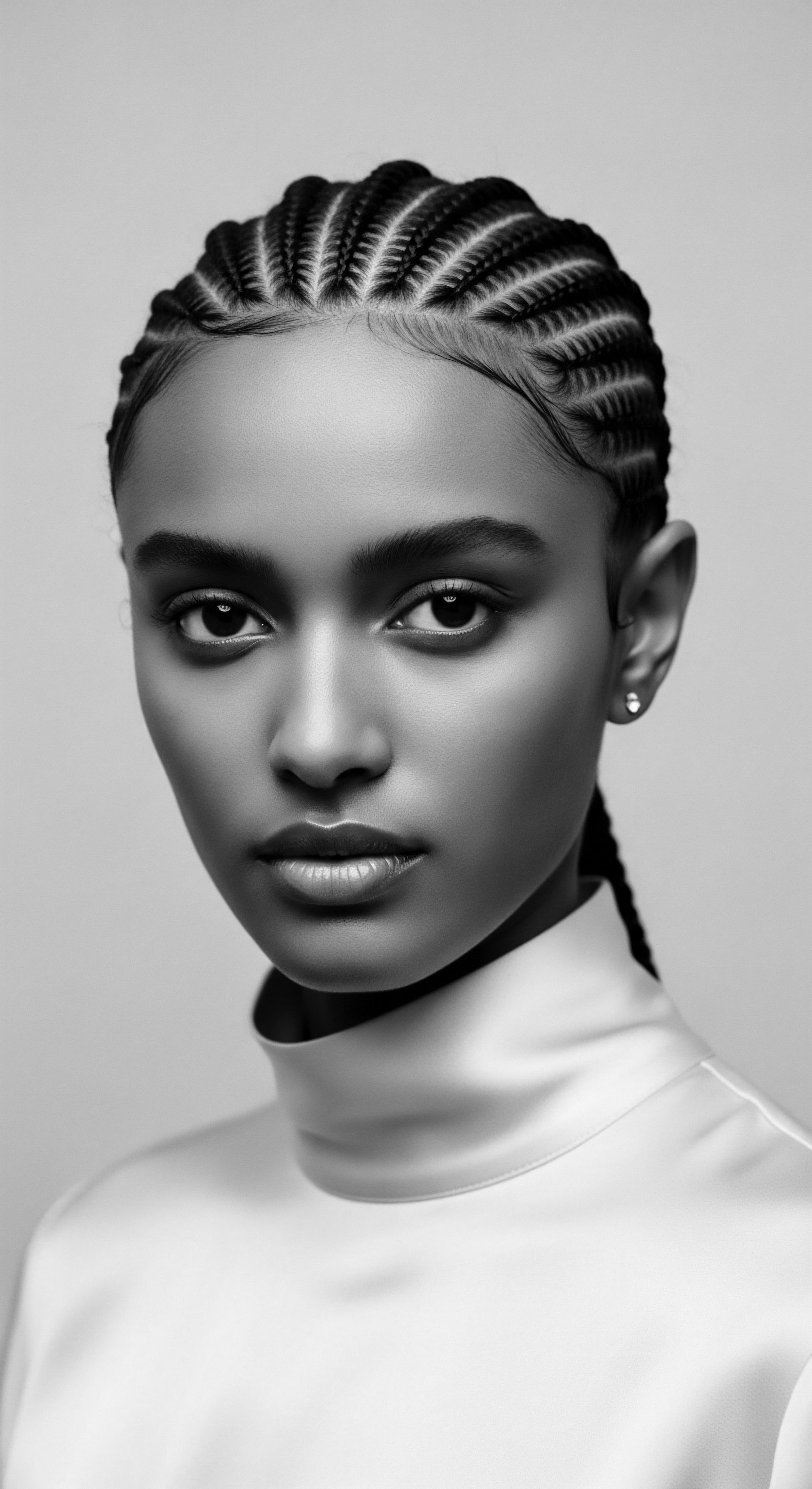
What ancestral ingredients enhance cornrow durability and hair health?
Ancestral ingredients like shea butter and Chebe powder enhance cornrow durability by providing deep moisture and protection, rooted in textured hair heritage.
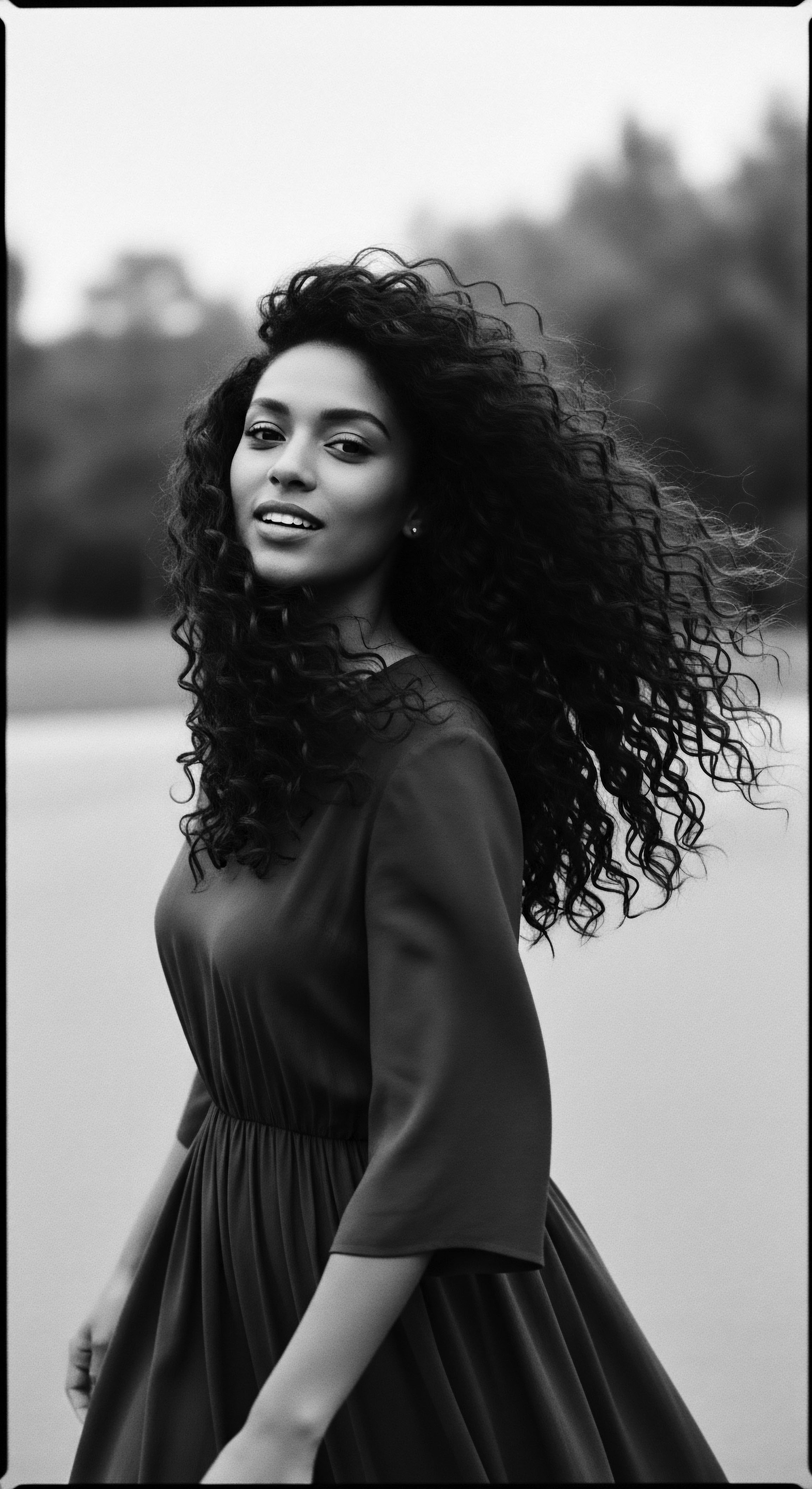
Can Amazonian botanicals balance textured hair moisture long term?
Amazonian botanicals can indeed offer enduring moisture for textured hair, rooted in ancestral knowledge of their lipid-rich composition and protective qualities.
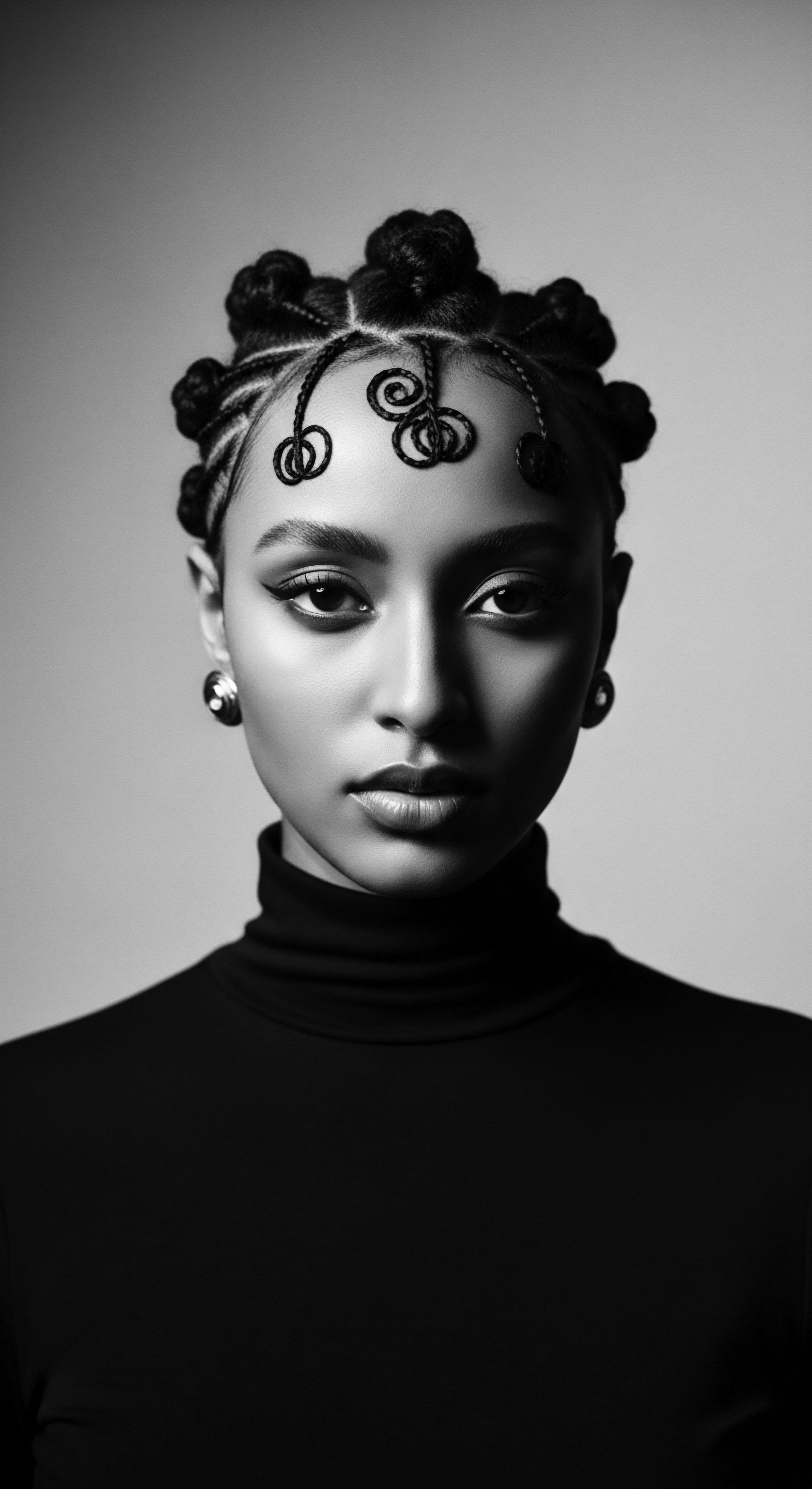
How did diverse cultures use botanical oils for textured hair?
Diverse cultures used botanical oils for textured hair, a practice rooted in heritage, providing moisture and protection.
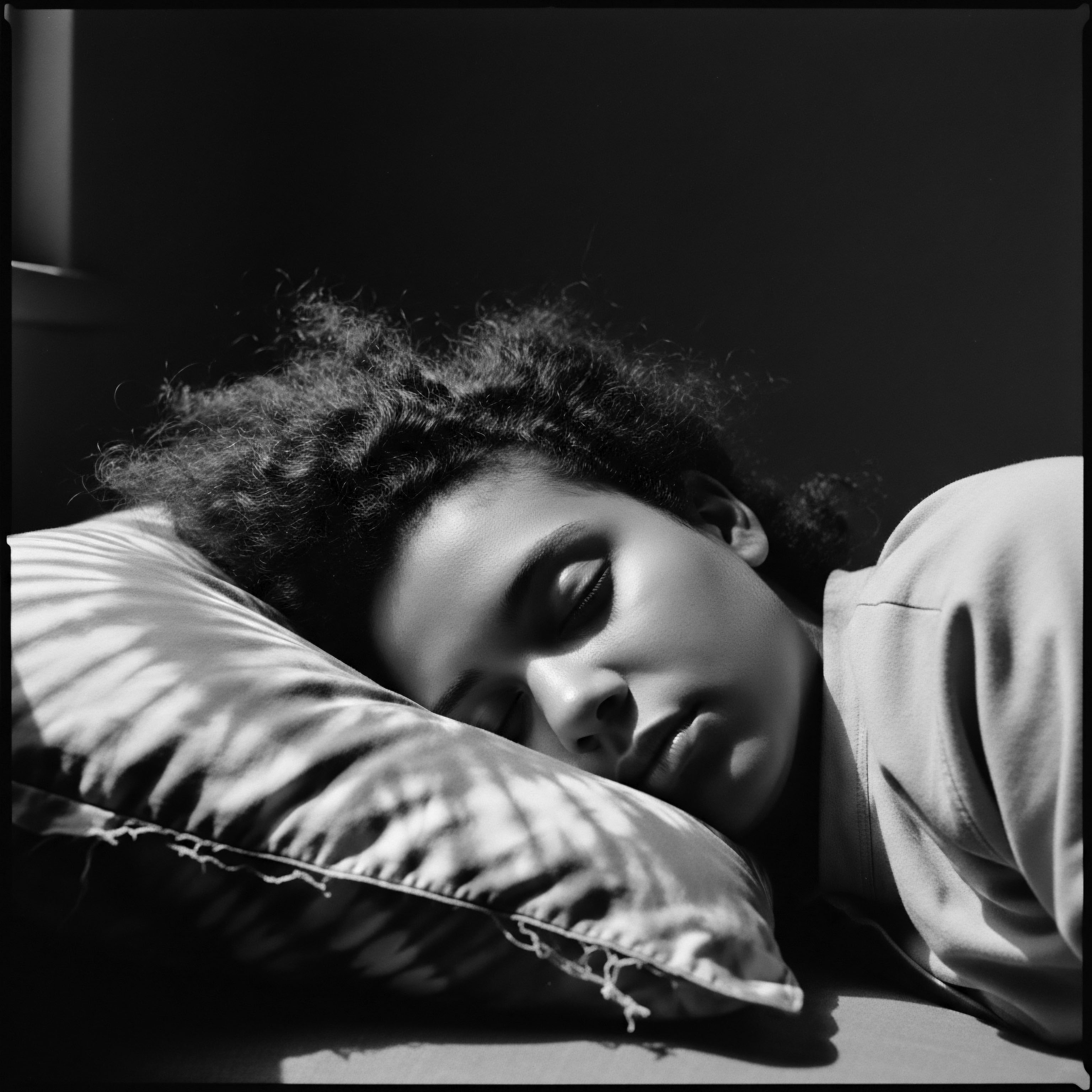
How did ancestral practices validate the use of oils for textured hair?
Ancestors validated oils for textured hair through observable efficacy, cultural meaning, and their deep connection to heritage.

Why do specific oils benefit textured hair?
Specific oils minister to textured hair by addressing its unique structural needs, a wisdom passed through ancestral heritage.
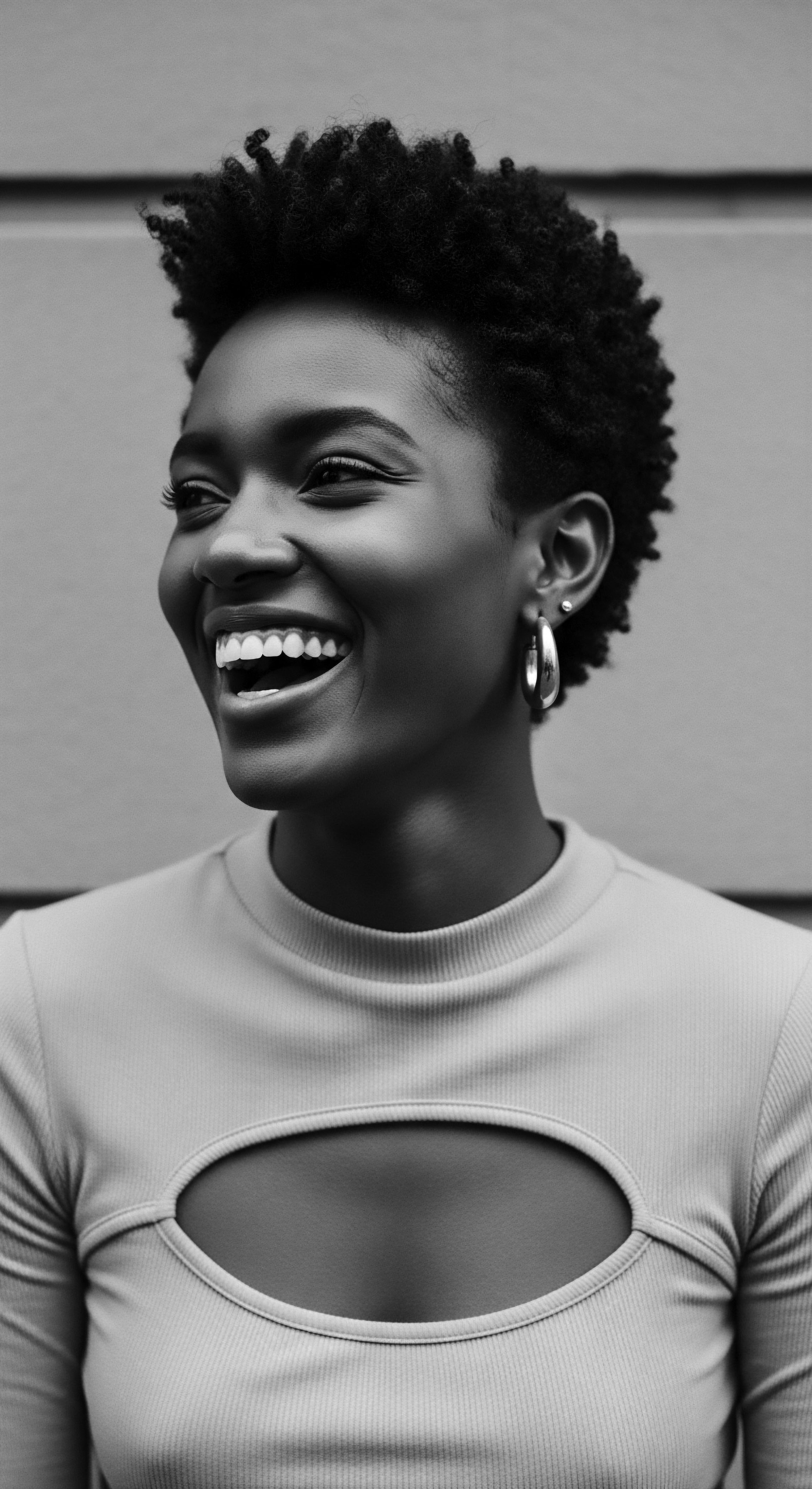
Do Traditional Hair Practices Shield Textured Hair from UV Damage?
Traditional hair practices often combined physical shielding with natural emollients, offering significant protection against sun exposure.

In what ways do historical rainforest oil practices validate modern textured hair science?
Historical rainforest oil uses validate modern textured hair science by aligning ancestral practices with contemporary understanding of hair needs and oil properties, confirming a shared heritage of care.

How did ancient Amazonian communities care for textured hair with plant fats?
Ancient Amazonian communities used plant fats like murumuru and tucuma butters to moisturize and protect textured hair, honoring its heritage.
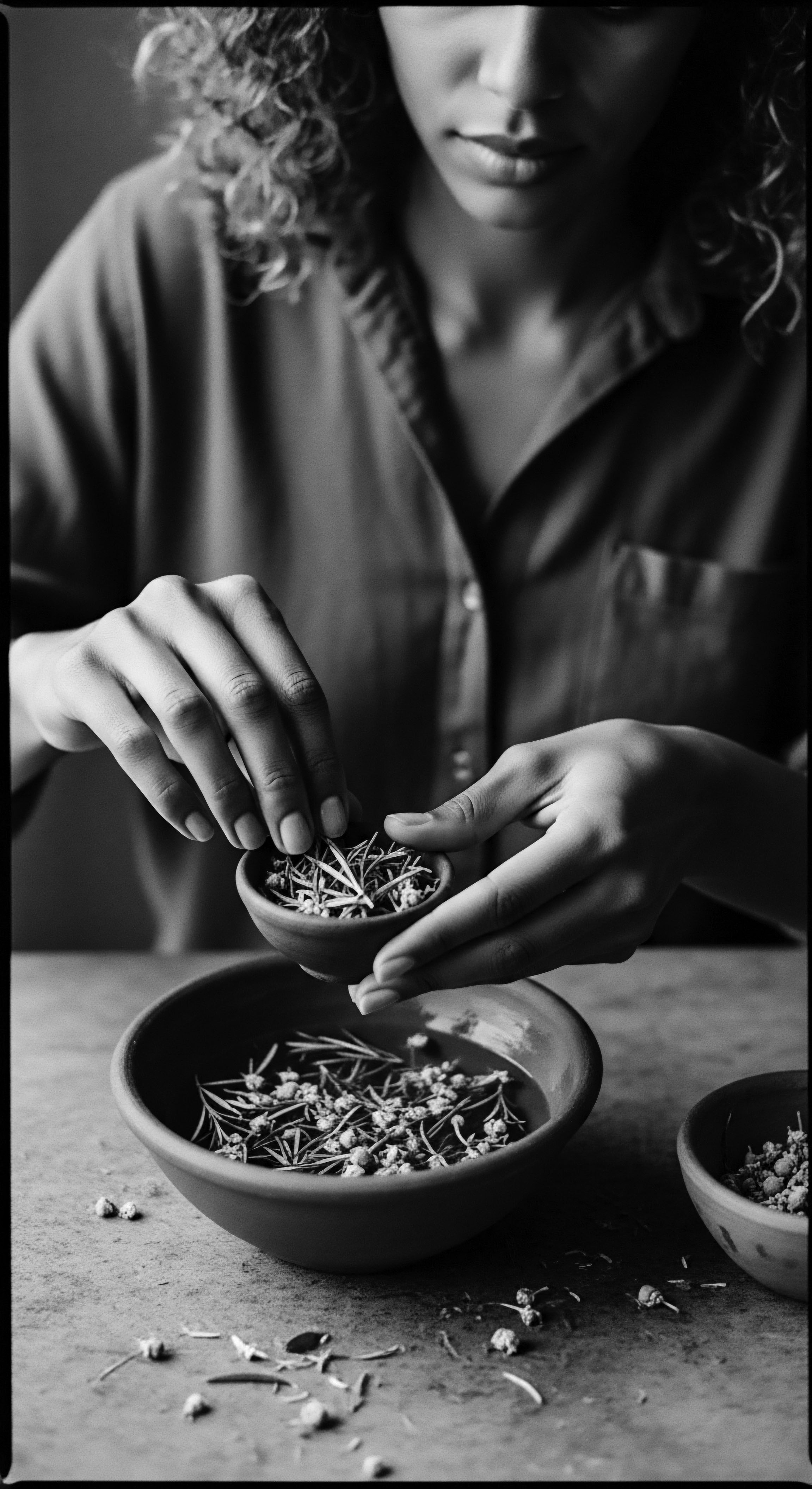
How do African botanicals enhance textured hair?
African botanicals deeply enhance textured hair by continuing inherited practices that nourish, protect, and celebrate its historical lineage.

In what ways do traditional Amazonian hair practices connect to modern textured hair care?
Traditional Amazonian hair practices link to modern textured hair care through a shared reliance on plant-based remedies and a deep respect for hair as cultural heritage.
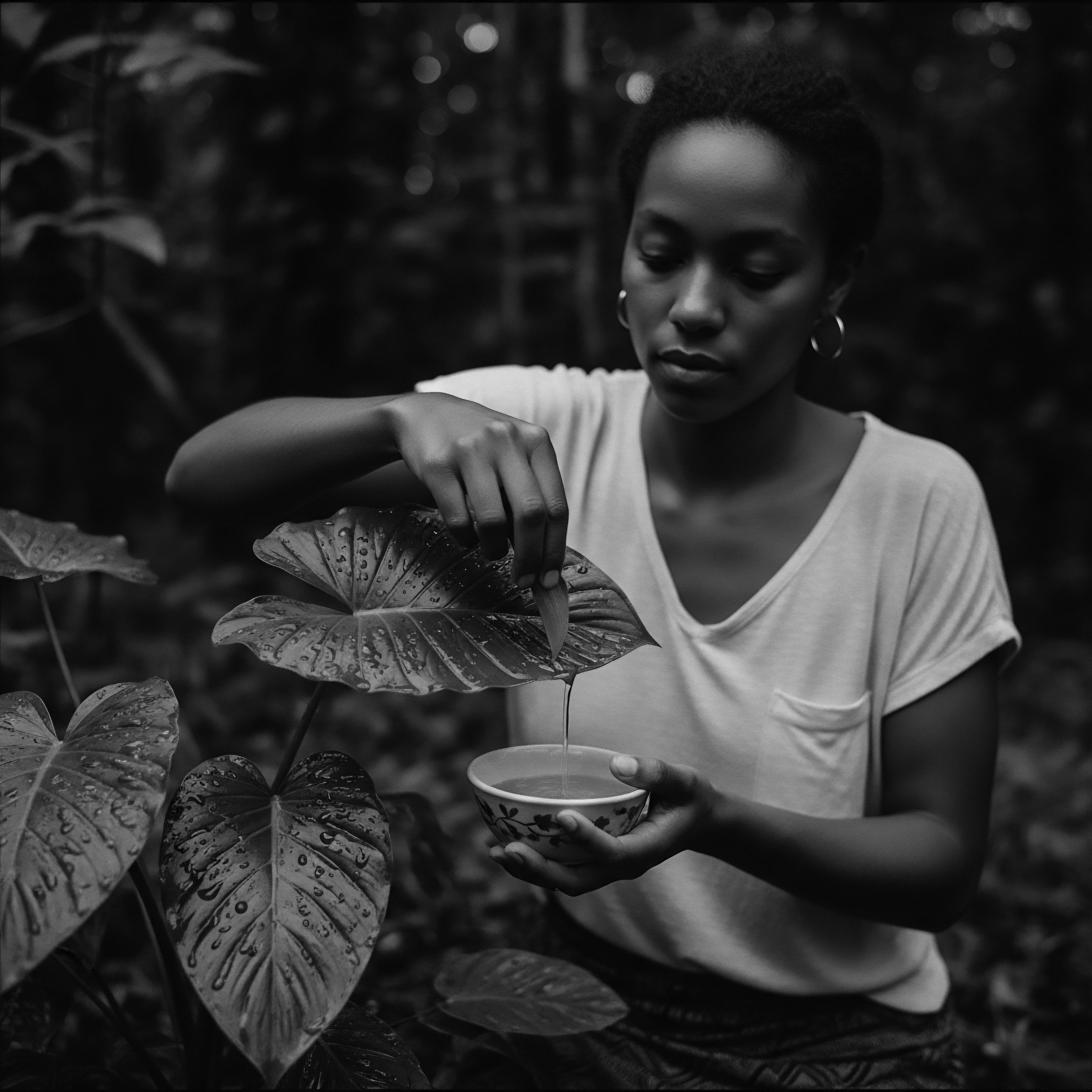
Which traditional African practices supported longer textured hair?
Ancestral African practices nurtured textured hair length through protective styles, botanical applications, and communal care.
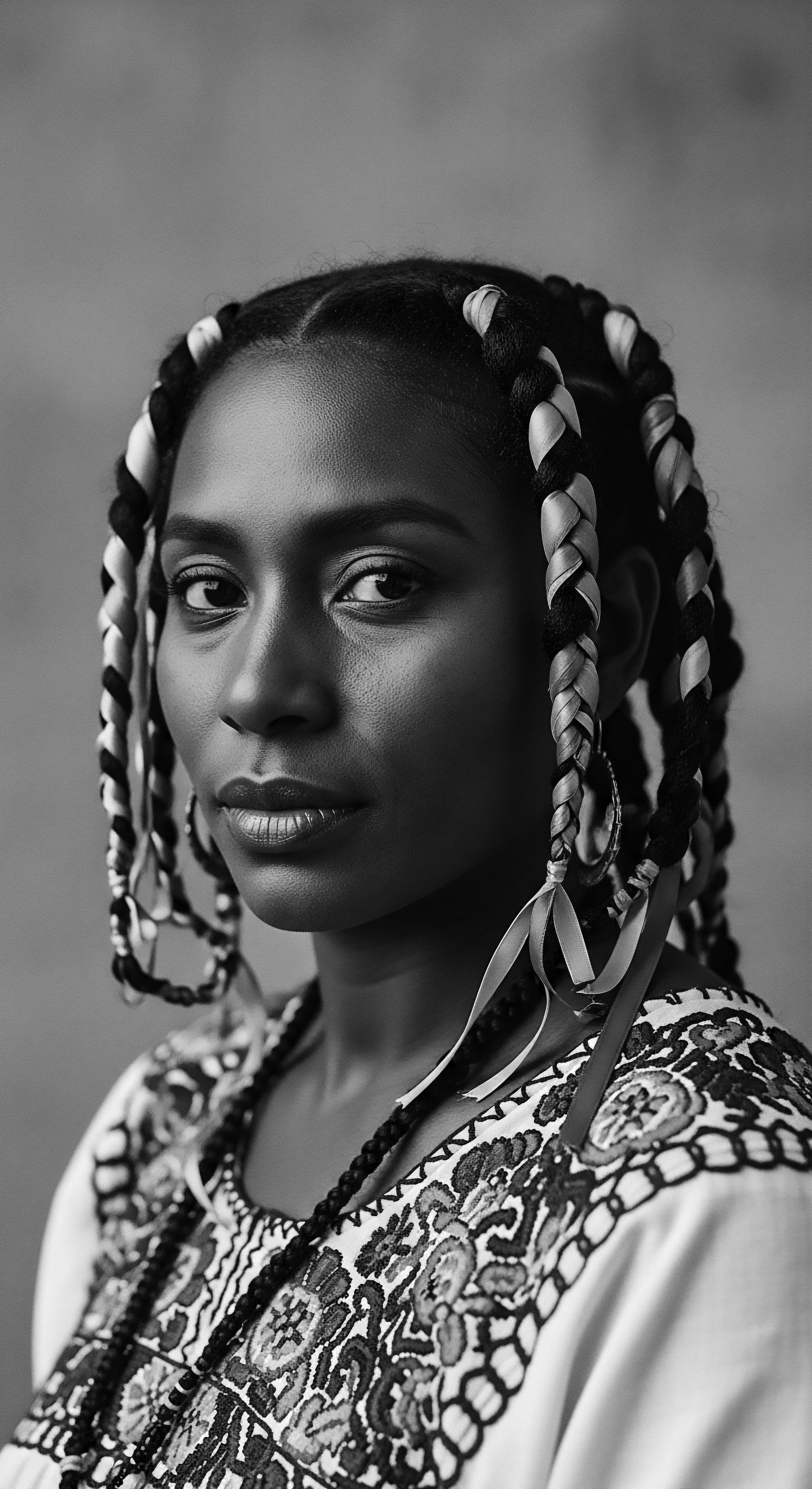
Which plant oils offer profound benefits for textured hair?
Plant oils nourish textured hair by penetrating strands and sealing moisture, honoring ancestral care rituals.
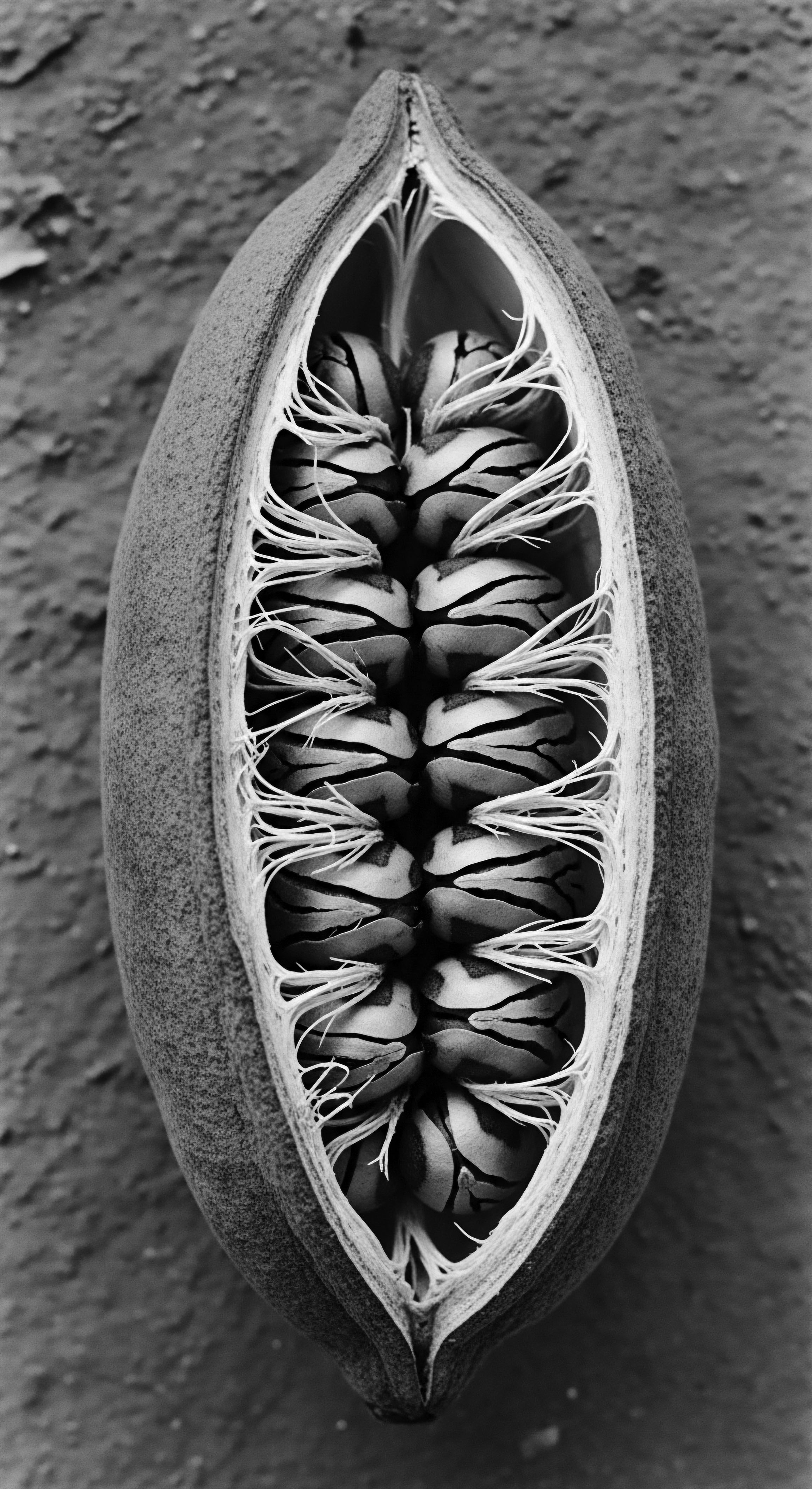
What historical ingredients deeply supported hair heritage?
Historical ingredients like shea butter and castor oil deeply supported textured hair heritage through natural nourishment and protective rituals.
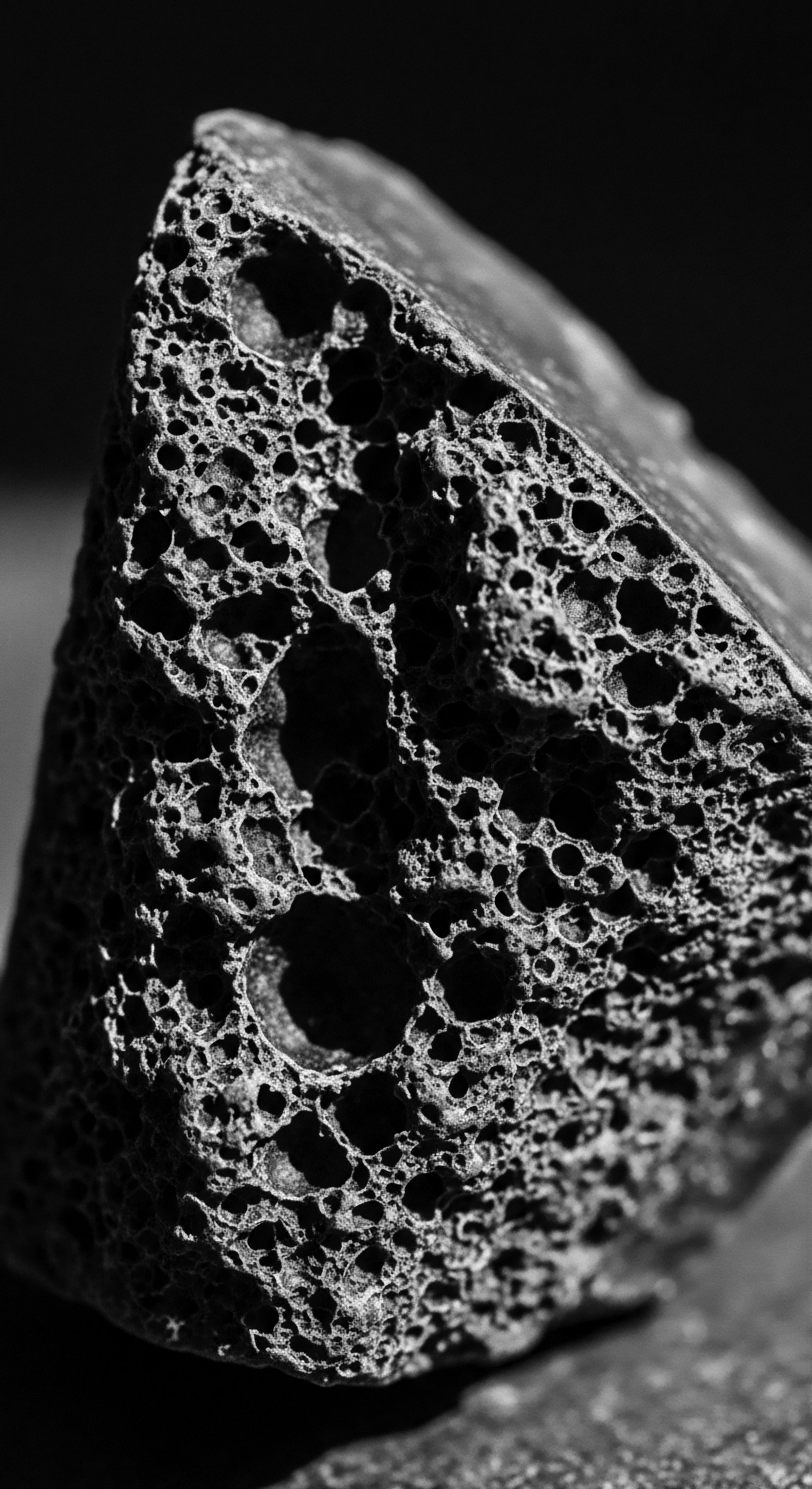
How does scalp oiling connect to heritage?
Scalp oiling for textured hair connects deeply to heritage, rooted in ancestral knowledge of botanical care and cultural identity.

What scientific principles underpin ancient communities’ use of oils for hair vitality?
Ancient oiling traditions for textured hair stem from empirical observations of botanical properties and environmental adaptation, a profound heritage validated by modern science.

